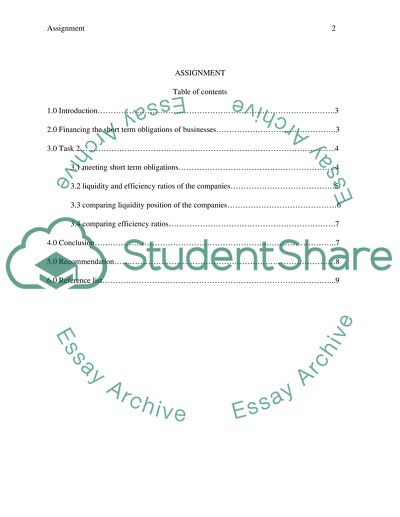Cite this document
(“Short-term obligations Essay Example | Topics and Well Written Essays - 1250 words”, n.d.)
Retrieved from https://studentshare.org/finance-accounting/1395618-assignment
Retrieved from https://studentshare.org/finance-accounting/1395618-assignment
(Short-Term Obligations Essay Example | Topics and Well Written Essays - 1250 Words)
https://studentshare.org/finance-accounting/1395618-assignment.
https://studentshare.org/finance-accounting/1395618-assignment.
“Short-Term Obligations Essay Example | Topics and Well Written Essays - 1250 Words”, n.d. https://studentshare.org/finance-accounting/1395618-assignment.


